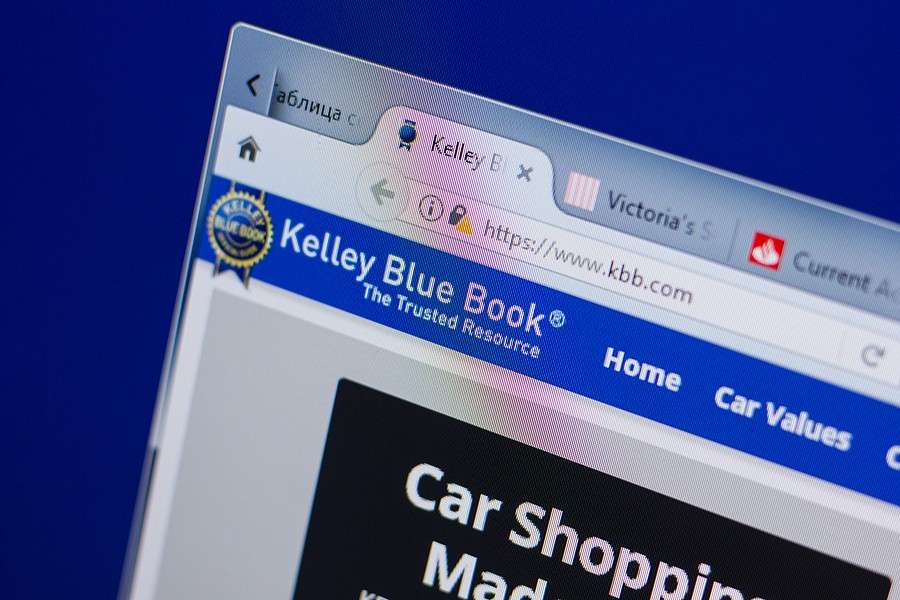The Kelley Blue Book (KBB) is a well-known resource for determining the value of a vehicle. It's often used by car buyers and sellers to get an idea of what a fair price for a car might be, and it's also frequently cited by financial institutions and insurance companies when making lending or coverage decisions. With such widespread use, it's important to ask: is the Kelley Blue Book value accurate?
To answer this question, it's important to understand how the Kelley Blue Book value is determined. Essentially, the KBB value is based on a combination of data sources and algorithms that take into account factors such as a car's make and model, age, condition, and mileage. The KBB value is updated regularly, and the company claims to have a team of experts who review and verify the data used to calculate the values.
So, on the surface, it seems like the Kelley Blue Book value should be fairly accurate. However, there are a few important things to consider when evaluating its accuracy.
First of all, it's worth noting that the KBB value is just an estimate. It's not a definitive, absolute value for a car. This means that it's possible for the actual sale price of a car to differ significantly from the KBB value. This is especially true for unique or rare vehicles, which may have values that are difficult to accurately estimate using standard algorithms.
Another factor to consider is that the KBB value is based on national averages. This means that the value may not necessarily reflect local market conditions, which can vary significantly from place to place. For example, the value of a car in a major city with a high demand for used vehicles may be higher than the KBB value, while the value of the same car in a rural area with a lower demand may be lower.
In addition, the condition of a car can significantly impact its value. The KBB value is based on the assumption that the car is in “good” condition, which means that it has a clean title, all necessary repairs have been made, and it has no major mechanical issues. However, if a car is in poor condition or has had major repairs or modifications, its value may be significantly different from the KBB value.
Finally, it's worth noting that the KBB value is just one of many resources available for determining the value of a car. Other sources, such as the National Automobile Dealers Association (NADA) guide and the Edmunds True Market Value (TMV) tool, may also be useful for getting an idea of a car's value. It's a good idea to consult multiple sources to get a more well-rounded understanding of a car's value.
Overall, the Kelley Blue Book value is a useful resource for getting an idea of what a car might be worth. However, it's important to keep in mind that it's just an estimate, and it may not always reflect the actual value of a car in a specific market or condition. It's a good idea to use the KBB value as just one piece of the puzzle when determining the value of a car, and to consider other factors as well.
One way that the Kelley Blue Book value may be particularly useful is in helping car buyers to negotiate a fair price. By having a good understanding of the KBB value of a car, a buyer can feel more confident in the price they are willing to pay and be able to more effectively negotiate with the seller.
However, it's important to keep in mind that the KBB value is just one factor to consider when determining the value of a car. Other important factors include the condition of the car, local market conditions, and the availability of similar vehicles.
For example, if a car is in excellent condition and has low mileage, it may be worth more than the KBB value. On the other hand, if a car is in poor condition or has had major repairs, it may be worth less than the KBB value. It's important to carefully consider these factors when determining the value of a car.
Another way that the Kelley Blue Book value may be useful is in helping car sellers to set a fair price for their vehicle. By understanding the KBB value, a seller can get an idea of what the market is willing to pay for a similar car and use this information to set a reasonable asking price.
However, it's important to keep in mind that the KBB value is just a starting point. A seller may need to consider other factors, such as local market conditions and the condition of the car, when setting a price. It's also important to remember that the KBB value is just an estimate, and the actual sale price of a car may differ significantly from the KBB value.
In conclusion, the Kelley Blue Book value can be a useful resource for determining the value of a car. However, it's important to keep in mind that it's just an estimate, and it may not always reflect the actual value of a car in a specific market or condition. It's a good idea to use the KBB value as just one piece of the puzzle when determining the value of a car, and to consider other factors as well.



